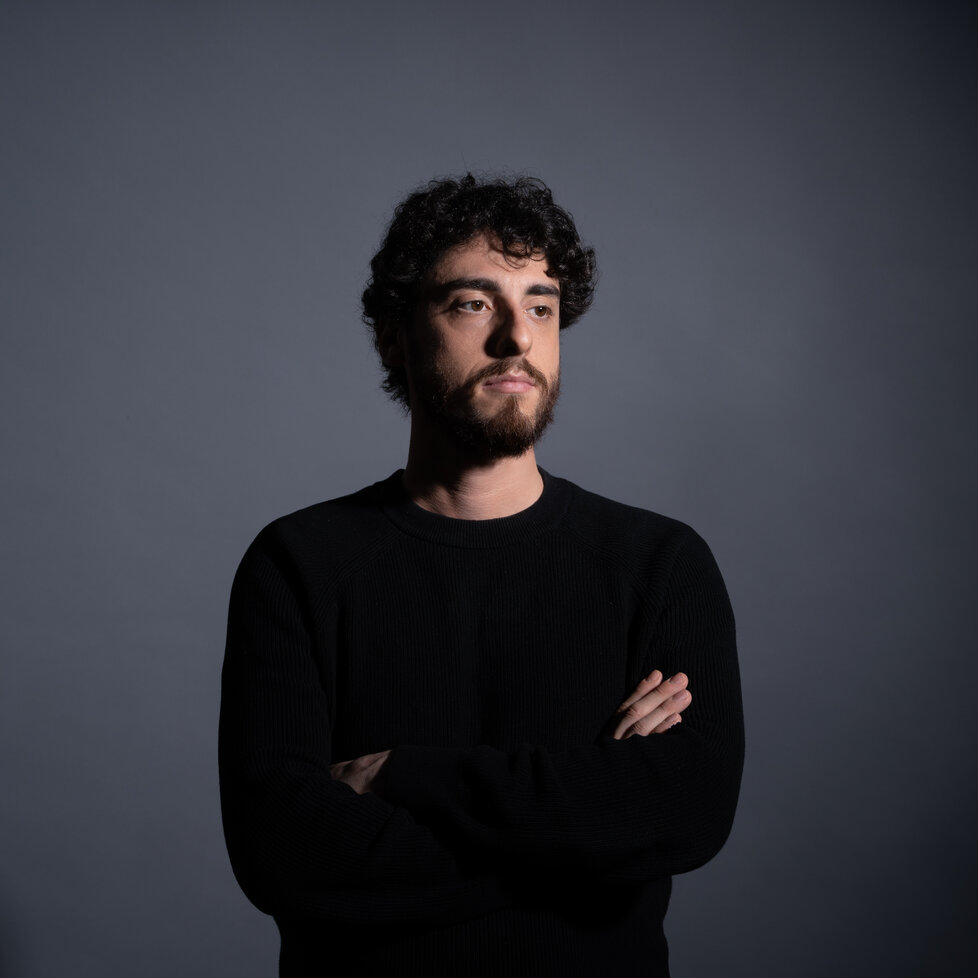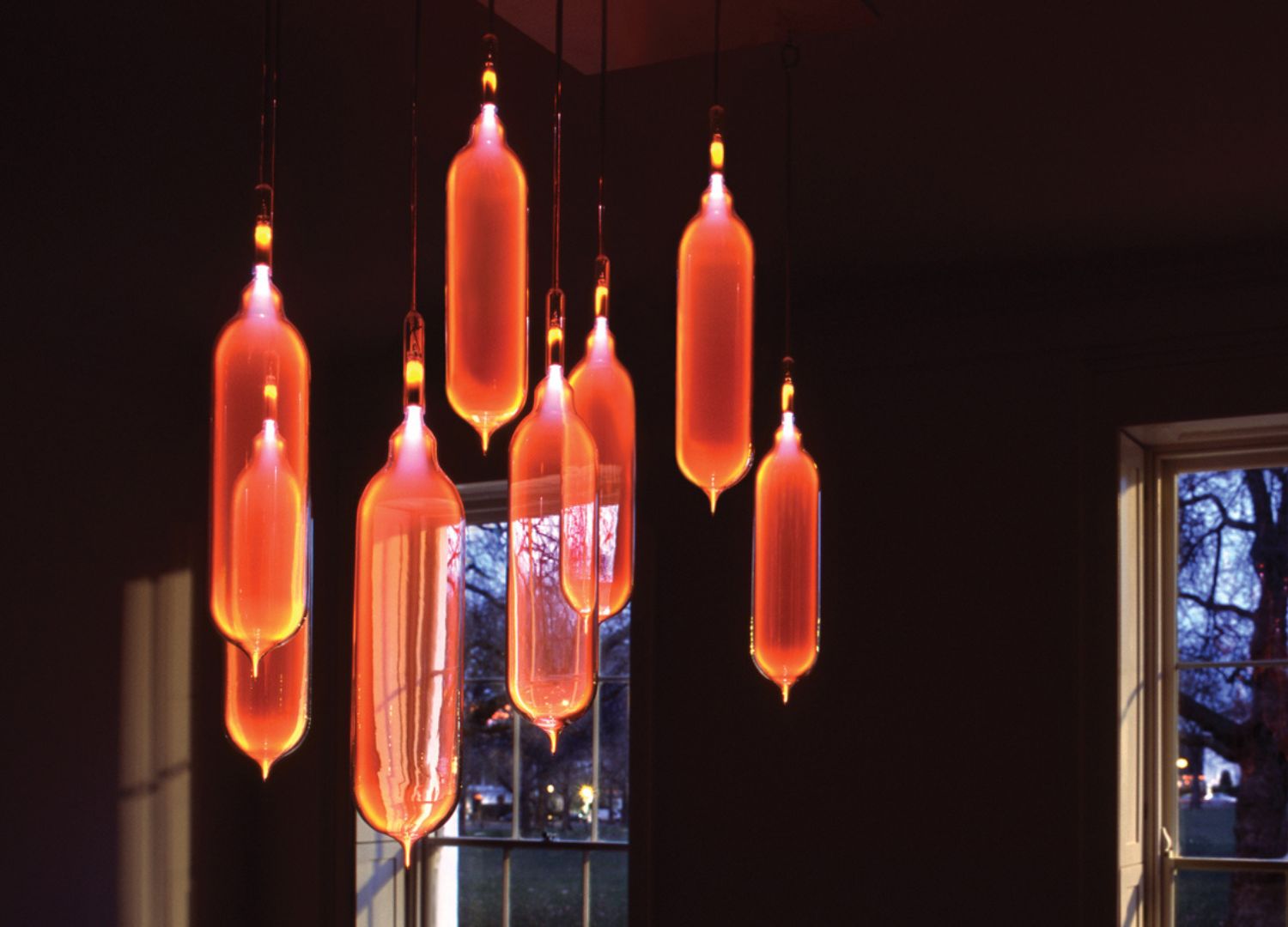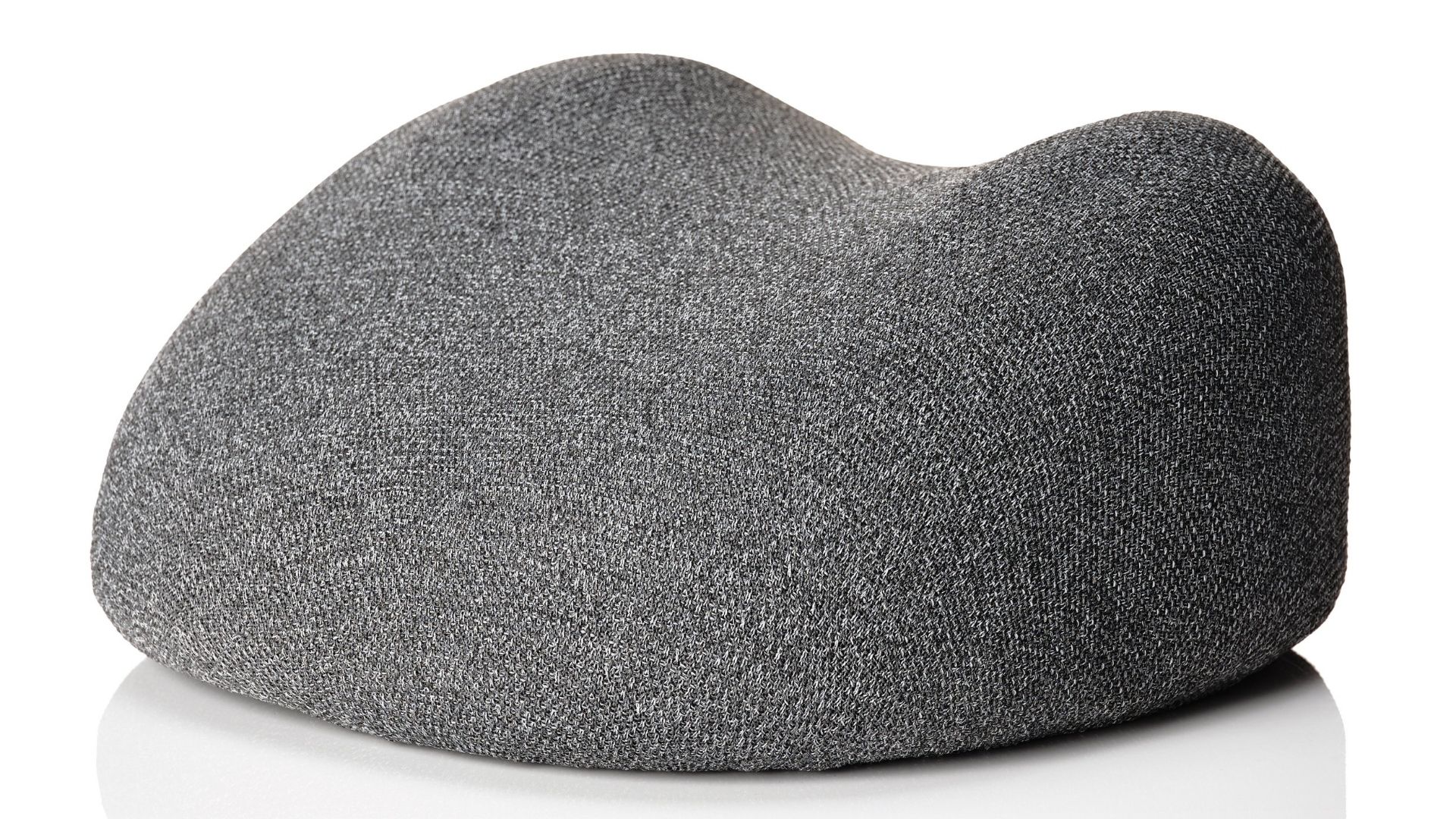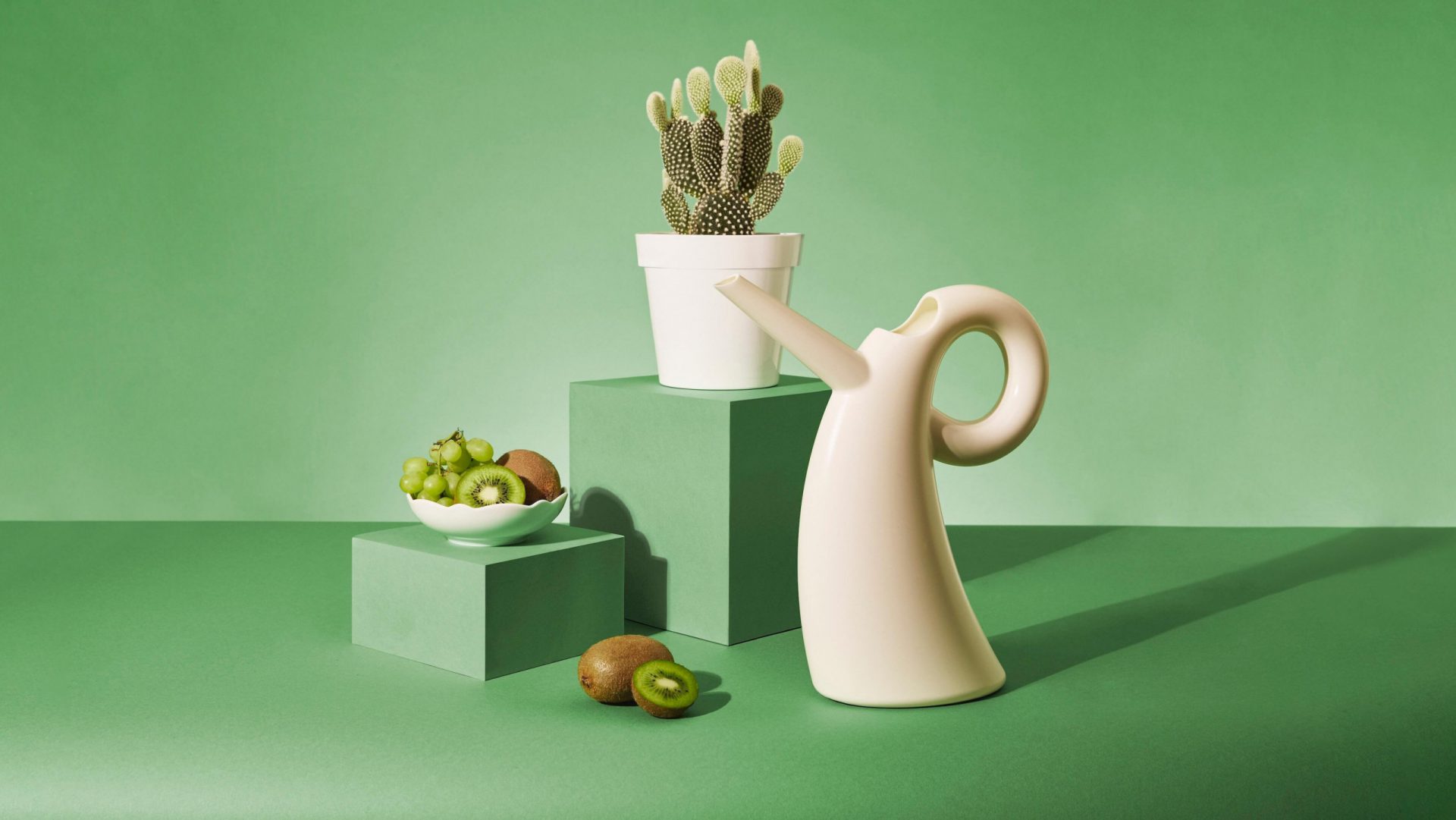Emotional minimalism: the design genius of Paul Cocksedge
Exploring the seamless transition from product to installation, Paul Cocksedge’s work embodies minimalistic perfection, evoking emotions with simple yet profound design methods.
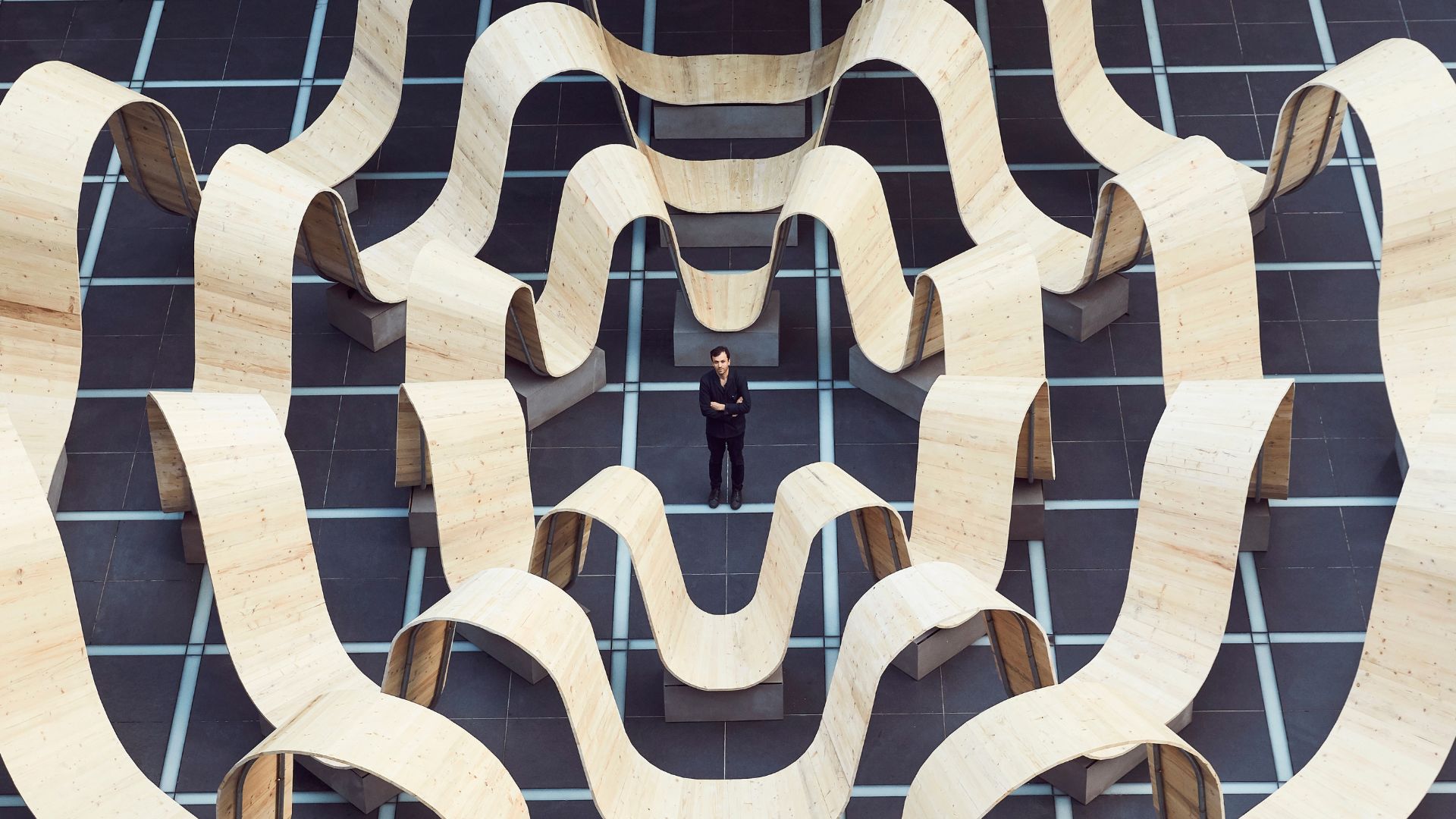
Paul Cocksedge Studio is renowned for its ability to transition effortlessly from product design to large-scale installations, using simple yet powerful methods to evoke emotions in objects and spaces. His work is the epitome of minimalistic perfection, where every piece conveys a message with care and clarity. His approach sets a benchmark for design excellence: everything is meticulously resolved in the simplest way possible.
Take, for example, the Freezing Ring table. This innovative table is crafted by combining rings of different metals that expand and contract due to temperature changes, bonding the components together. Once the temperature normalizes, the table becomes fixed, functional, and aesthetically pleasing, subtly hinting at its creation process without appearing overly technical. This blend of clear intent and simplicity results in a sophisticated object that, while appearing simple, is anything but easy to conceive, manage, or produce.

Paul Cocksedge Studio consistently generates new ideas with a cohesive mindset, delivering unique and refined results every time. This consistency is not a stroke of short-term luck but the outcome of a well-thought-out method within an organized environment, working towards clear goals.
At DesignWanted, we reached out to Paul Cocksedge to delve deeper into topics of creativity, professional organization, and working environments.
What (and when) led you to understand that design would be your chosen path and means of expression?
Paul Cocksedge:
“I have always gravitated towards creativity, and my studies of industrial design at Sheffield Hallam University cemented my interest. However, it was during my MA at the Royal College of Art in London that I truly felt design could resonate with my character. Influential tutors like Ron Arad showcased the freedom and vitality that creativity can bring, making it clear that design was my chosen path.”
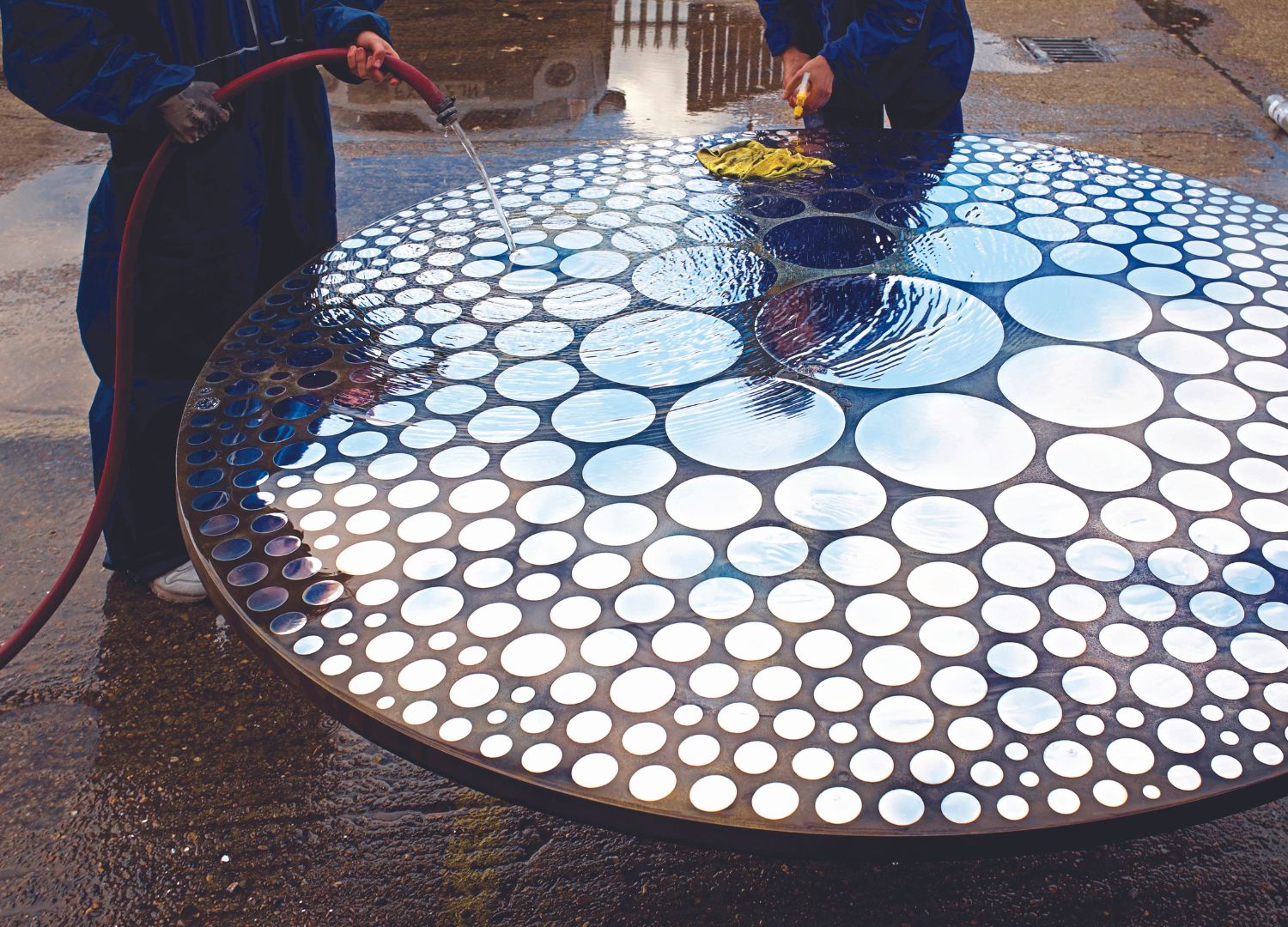
What aspects help you recognize that a new idea for a project is the right one?
Paul Cocksedge:
“I approach every opportunity with an open mind, without a set formula, allowing my life experiences and experiments to guide me. I am drawn to electricity and light, and when an idea excites me or feels new, I package it into a project. Crucially, I always consider the human connection, thinking about how the public will engage with the experience.”
Given the high level of experimentation in your works, do you think the audience has always understood what you were doing?
Paul Cocksedge:
“Initially, I aimed to create magical experiences that would connect with the audience through works like Veil, Kiss, Neon, and Life 01. These pieces were well-received and helped establish my career. Today, the audience remains crucial, especially in public works like Please Be Seated. These projects foster conversations and connections, having a positive societal impact by bringing people together through creativity and design.”
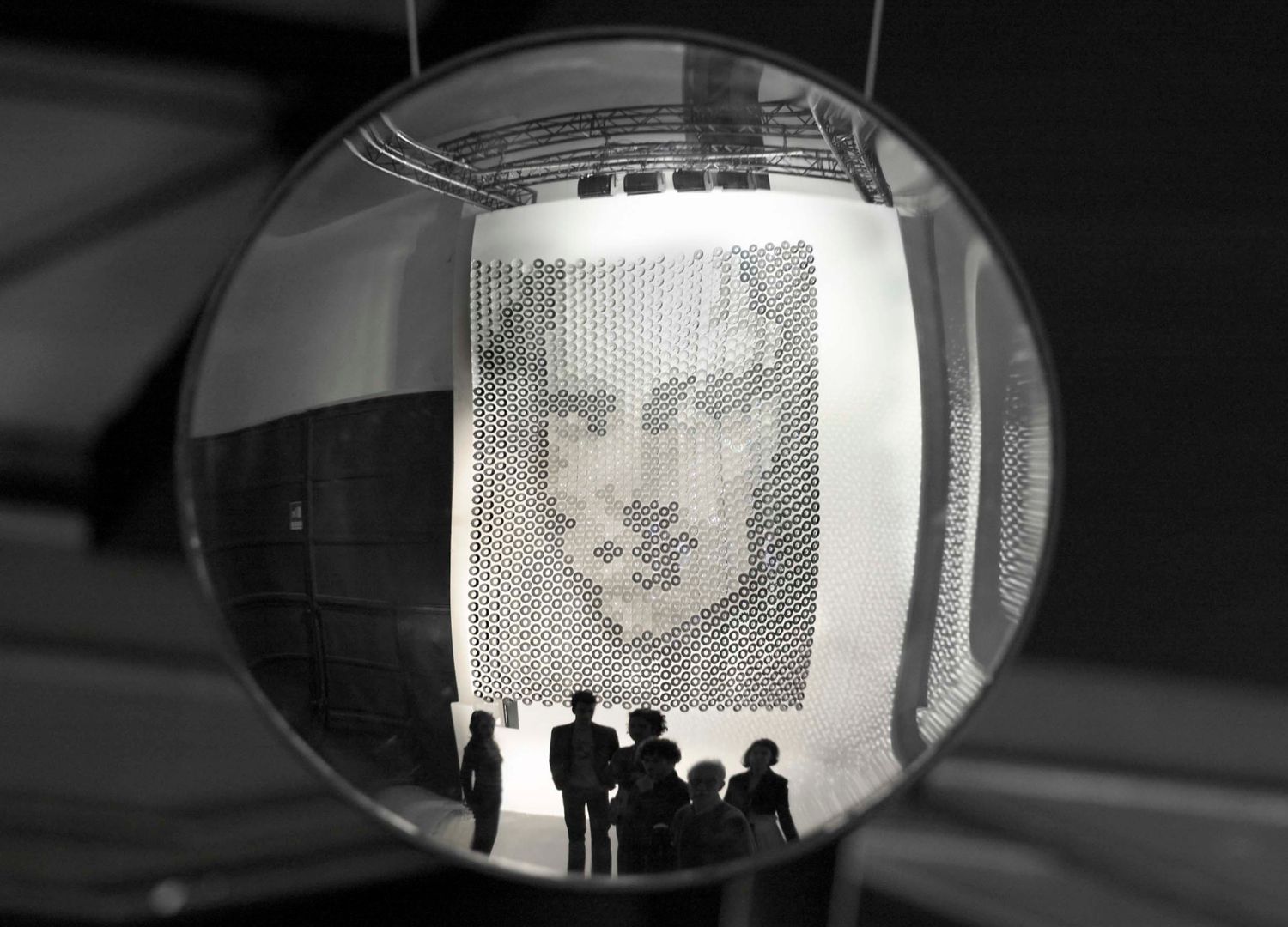
How do you seek the right inspiration for your projects? How and where does the creative idea usually originate?
Paul Cocksedge:
“Inspiration is a very open process for me. My life is dedicated to creativity, and I’ve never worked for anyone else, which keeps my mind naturally open. I thrive on serendipitous moments and enjoy following ideas wherever they lead, resulting in many adventures.”
Have you ever experienced creative failure? Was there a project that fell short of your expectations, and if so, why?
Paul Cocksedge:
“Creative failure is a natural part of the process. While it can be disheartening initially, reflection reveals its importance in creativity. Some projects have been more ambitious than practical considerations allowed, particularly in the public realm, where health and safety must be accounted for. However, I adapt rather than compromise, ensuring ideas can come to life within practical constraints.”
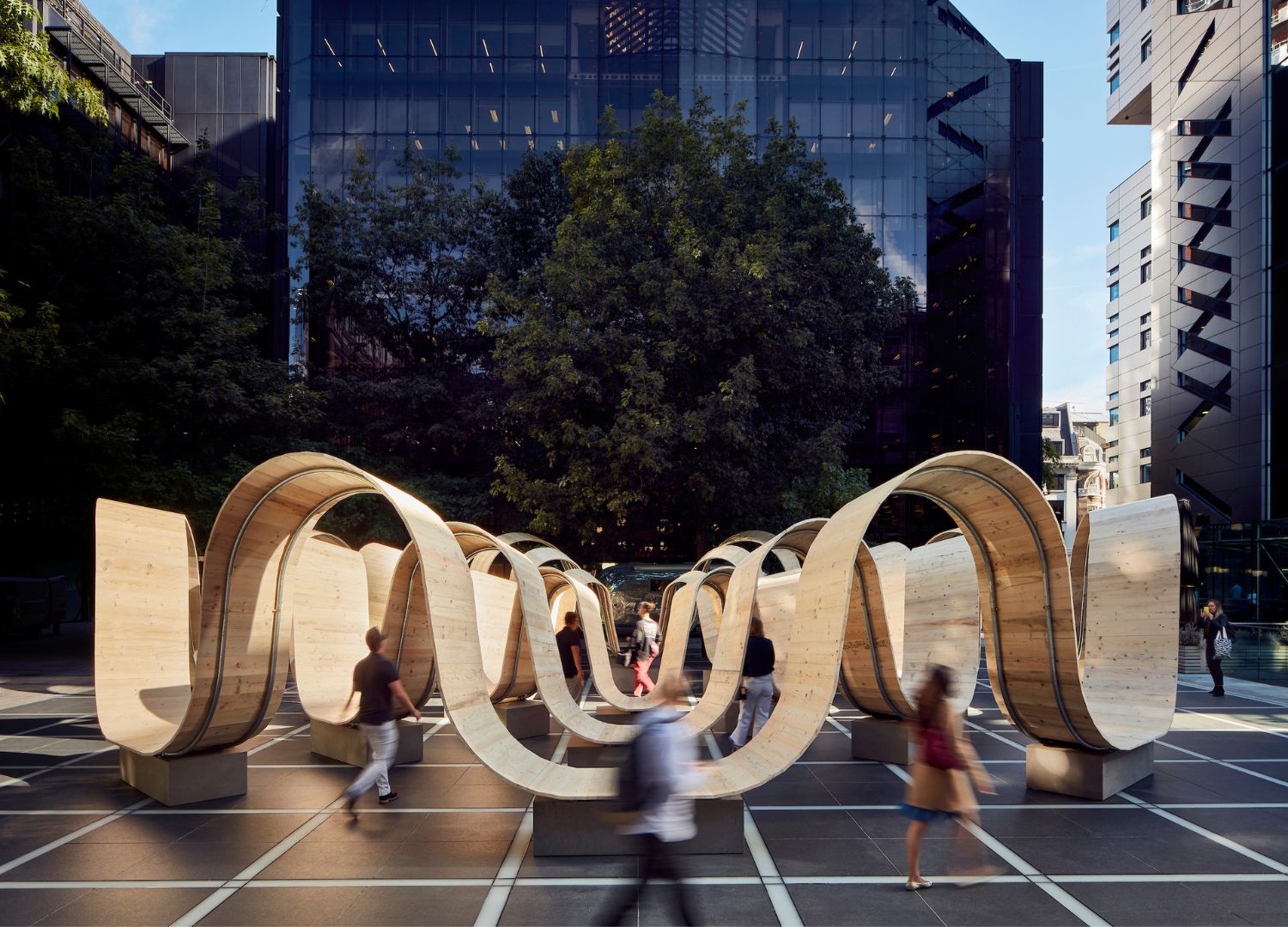
In the early days, how did you secure your first public commission?
Paul Cocksedge:
“It wasn’t about having a plan to secure commissions. After leaving the Royal College of Art, I was immersed in a creative flow, working in a small workshop in my bedroom. I stayed true to my creativity, which eventually caught the attention of Ingo Maurer. He invited me to show my work during Milan Design Week, which became a significant springboard. From there, we won a prize that provided funding to set up our first studio. I was nominated for Designer of the Year at the London Design Museum, which furthered our visibility and led to organic growth and commissions.”
Why did you shift from collaborating with companies to producing editions?
Paul Cocksedge:
“We continue to do both. Producing editions is liberating because it allows us to control the production and creative process entirely. I remain involved in every step. However, collaborating with companies is also valuable as they bring different materials, skills, and greater reach to more people. We enjoy a mix of both approaches.”

As a highly experimental studio, how do you secure funding to effectively finance your research?
Paul Cocksedge:
“Our studio is fueled by creativity and authenticity, which attracts people who appreciate our approach and want to join us on creative adventures. By connecting with individuals or companies with similar outlooks on life, who also have the resources to support us, we are able to finance our experimental projects.”
What type of professionals make up your team, and what roles do they play in shaping your studio’s vision?
Paul Cocksedge:
“The most crucial team member is my co-founder and business partner, Joanna Pinho. She complements my creativity by adding structure and driving the studio’s business development. Our team is small, including a few designers and one social media person. This small size is intentional, as it fosters the generation of great ideas without requiring extensive management. I am not a manager or a creative director; I thrive being in the midst of the creative process, where I feel most creatively fulfilled.”

What significance and role does London hold for your studio? From a design perspective, what aspects of the city define your approach and, in a way, your business?
Paul Cocksedge:
“London holds immense significance for my studio due to its vibrant and diverse environment. The city’s multicultural and multi-faith composition creates a rich, layered context that is invaluable to the creative process. This diversity fosters a rawness and authenticity, serving as a real connector and an incredible component for creativity.
Moreover, London’s dual nature, where prosperity and hardship coexist closely, profoundly influences my design approach. Seeing both the successes and struggles of people in the city drives me to create designs that can address real-world problems and positively impact lives. This balance keeps me grounded, ensuring that my work remains relevant and sensitive to the broader societal context. London, with its mix of emotions and realities, prevents one from getting carried away by the affluence and success within the design world, emphasizing the importance of creating meaningful and inclusive designs.”


